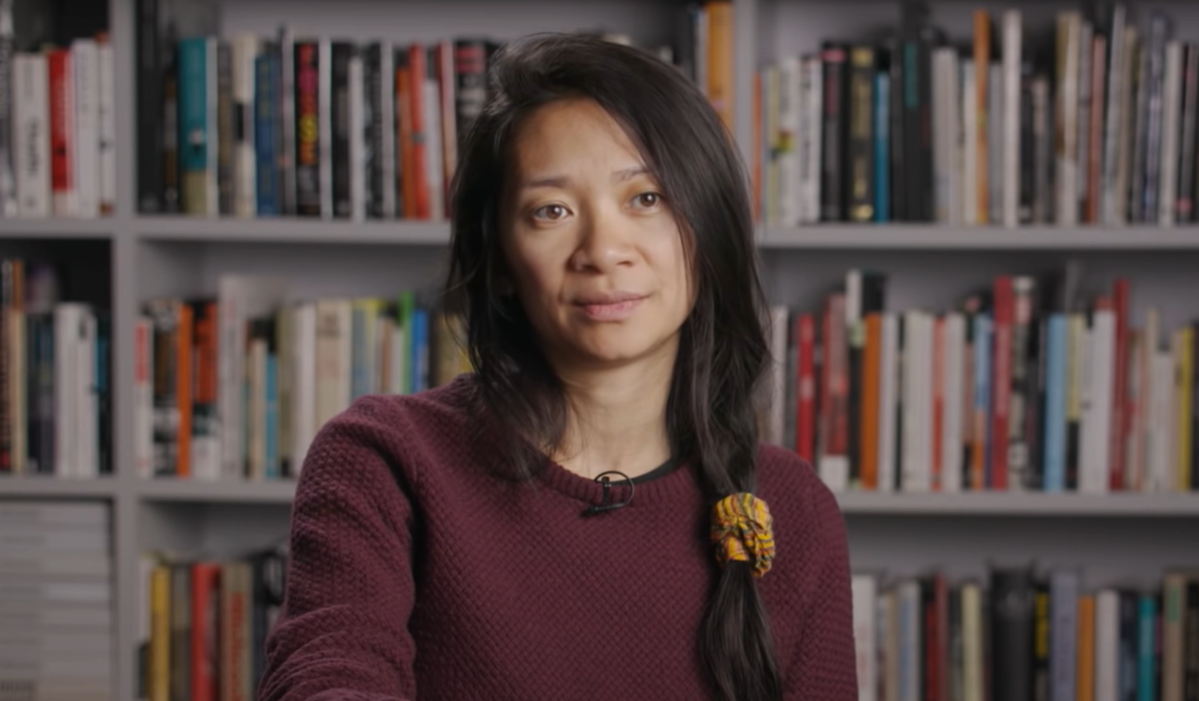Dr. Stacy L. Smith & the Annenberg Inclusion Initiative Launch Website Exploring Oscar History
Dr. Stacy L Smith and the Annenberg Inclusion Initiative have launched The Inclusion List, a new initiative that showcases inclusion in entertainment. “Who says hashtag activism can’t create change?” a press release announcing the news asks. “Eight years after...

Dr. Stacy L Smith and the Annenberg Inclusion Initiative have launched The Inclusion List, a new initiative that showcases inclusion in entertainment. “Who says hashtag activism can’t create change?” a press release announcing the news asks. “Eight years after April Reign launched the #OscarsSoWhite movement, an initiative, backed by new research shows that there have been more nominations for people of color at Hollywood’s top awards.”
The website will “track and celebrate progress in entertainment,” offering users “an online experience that focuses on the Academy Awards and allows visitors to see where change has occurred and where it has not. The landmark project covers inclusion from 1929—the first of 95 Academy Awards ceremonies—to present day, charting nominations for women and people of color across 19 categories. It also allows users to vote for who they think should win at this year’s ceremony on March 12.”
Billed as the first site of its kind “to examine inclusion across the full history of the Academy Awards to provide an overall look at nominees and winners across categories,” it is intended to make “the data on inclusion accessible to audiences. Information on each category is presented in terms of the overall percentage of nominees and winners who were women and people of color, including an intersectional look at women of color. For example, 17% of all Academy Award nominees from 1929 to 2023 were women, while only 6% were people of color and less than 2% of nominees were women of color. The percentages of winners was similar to the percentages of nominees. Only 16% of all Academy Awards® winners were women, 6% were people of color, and a mere 2% were women of color,” the release explains. “Despite these overall findings, when the team narrowed its focus to the eight years before and eight years following #OscarsSoWhite, there was a notable difference in the data. Only 8% of nominees were from an underrepresented racial/ethnic group between 2008 and 2015. Between 2016 and 2023, however, that figure jumped to 17%. Even for women nominees, the percentage increased from 21% to 27% in the same time frame.”
The Inclusion List includes details on the first woman, woman of color, and person of color nominated, as well as the first to win the award, for each category.
“When April Reign unleashed #OscarsSoWhite, she tapped into the collective desire for change and the outrage that people felt at seeing actors of color excluded once again from this career-defining award,” said Dr. Smith. “This comprehensive look at the Oscars demonstrates that exclusion was normative for many years and still is in many categories. But it also shows that there is power in collective action, and that energy has ensured that the years since #OscarsSoWhite do not look like the years that came before.”

 JimMin
JimMin 
































